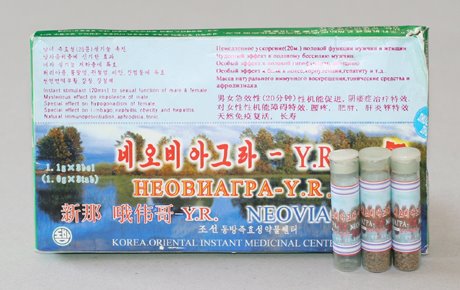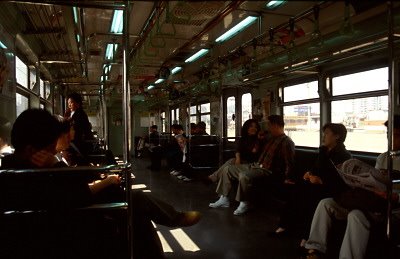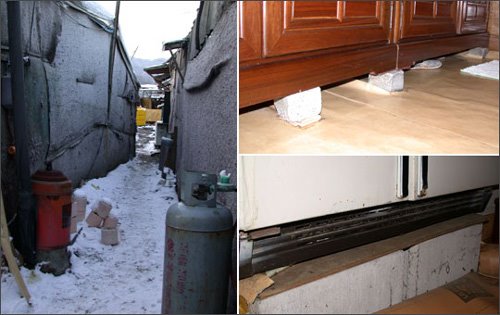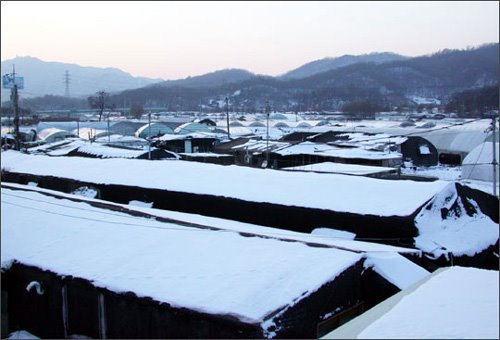Guardian cites the Oxbridge (can't remember which one of the two) economist Chang Ha-joon in an article about pros and cons of trade liberalization - and as Chang's argument goes, it's mainly about cons:
• Two countries, one booming, one struggling: which one followed the free-trade route?
I thought I'd be able to link to an earlier link in which I have talked about prof. Chang, but couldn't find one; basically his argument presented in the Guardian article is that strongly developing nations have not had liberal, open trading policies - and this doesn't mean only recently developed South Korea and Taiwan but also the Western nations in earlier times. And that those nations which have opened for free trade early have failed to develop.The article first takes up views of another trade sceptic, Dani Rodrik: Rodrik doesn't buy the argument that the key to rapid development for poor countries is their willingness to liberalise trade. Nor, for that matter, does he think boosting aid makes much difference either. Looking around the world, he looks in vain for the success stories of three decades of neo-liberal orthodoxy: nations that have really made it after taking the advice - willingly or not - of the IMF and the World Bank.
Rather, the countries that have achieved rapid economic take-off in the past 50 years have done so as a result of policies tailored to their own domestic needs. Vietnam shows that what you do at home is far more important than access to foreign markets. There is little evidence that trade barriers are an impediment to growth for those countries following the right domestic policies.
Those policies have often been the diametric opposite of the orthodoxy. South Korea and Taiwan focused their economies on exports, but combined that outward orientation with high levels of tariffs and other forms of protection, state ownership, domestic-content requirements for industry, directed credit and limits to capital flows. And enter Chang Ha-joon:
This is an argument taken up by Ha Joon Chang in a recent paper for the South Centre, the developing countries' intergovernmental forum. Chang argues that "there is a respectable historical case for tariff protection for industries that are not yet profitable, especially in developing countries. By contrast, free trade works well only in the fantasy theoretical world of perfect competition."
Going right back to the mid-18th century, Chang says Pitt the Elder's view was that the American colonists were not to be allowed to manufacture so much as a horseshoe nail. Adam Smith agreed. It would be better all round if the Americans concentrated on agricultural goods and left manufacturing to Britain.
Alexander Hamilton, the first US Treasury secretary, dissented from this view. In a package presented to Congress in 1791, he proposed measures to protect America's infant industries. America went with Hamilton rather than Smith. For the next century and a half, the US economy grew behind high tariff walls, with an industrial tariff that tended to be above 40% and rarely slipped below 25%. This level of support is far higher than the US is prepared to tolerate in the trade negotiations now under way.
The lesson is clear, Chang says. South Korea would still be exporting wigs made from human hair if it had liberalised its trade in line with current thinking. Those countries that did liberalise prematurely under international pressure - Senegal, for example - saw their manufacturing firms wiped out by foreign competition. (Emphasis AL)
Update, Dec.14, 2005
In the comments Kotaji tipped of another article by Chang Ha-joon worth taking a look at:
• Kicking Away the Ladder: How the Economic and Intellectual Histories of Capitalism Have Been Re-Written to Justify Neo-Liberal Capitalism.
Update, Dec. 17, 2005
One more thing about the Guardian article.Another counter-argument is that while a modicum of protection may be necessary, most developing countries now have tariff rates much higher than those used by today's developed countries in the past. Chang says this ignores one vital point: the productivity gap between rich and poor countries today is far higher than it was in the past, so it is perfectly logical for tariffs to be higher.
For example, Britain and the Netherlands were perhaps up to four times as rich as Japan or Finland in the 19th century; today, Switzerland or the US is 50 or 60 times as rich as Ethiopia or Tanzania. Yet in Hong Kong the pressure will be on the bigger developing countries to make the big concessions on industrial tariffs, cutting them to levels below those that existed in most rich countries until the early 1970s.
It's intriguing to think that Finland and Japan would have been equal in terms of wealth in the 19th century. I can't tell, and it's out of the scope of this blog to find out authoritative sources, but the general sense is that before any significant industrialization, Finland was one of the poorest places in Europe and quite a pitiful place to live in. I've read somewhere the great famine of 1867 described as last of its kind in (Western?) Europe. Chang Ha-joon has actually discussed the developments over here in a paper from 2003 available online at Global Policy Forum:
• Foreign Investment Regulation in Historical Perspective: Lessons for the Proposed WTO Investment Agreement What is even less well known than Finland’s impressive growth performance is the fact that it was built on the basis of a regime of draconian restrictions on foreign investment – arguably the most restrictive in the developed world. As a country that had been under foreign rule for centuries and as one of the poorest economies in Europe, Finland was naturally extremely wary of foreign investment and duly implemented measures to restrict it (all information in following paragraphs are from Hjerppe & Ahvenainen, 1986, pp. 287-295, unless otherwise noted). Already in 1851, it established a law prescribing that any foreigner, Russian nobles excepted, had to obtain permission from the Tsar, then its ultimate ruler of the country, to own land. Added to this were the 1883 law that subjected mining by foreigners to license, the 1886 ban on banking business by foreigners, and the 1889 ban on building and operation of railways by foreigners. In 1895, it was stipulated that the majority of the members on the board of directors of limited liability companies had to be Finnish. All these laws remained valid until at least the mid-1980s.
After independence from Russia, restrictions on foreign investment were strengthened. In 1919, it was stipulated that foreigners had to get special permission to establish a business and guarantee in advance the payment of taxes and other charges due to the central and the local states. In the 1930s, a series of laws were passed in order to ensure that no foreigner could own land and mining rights. It was also legislated that a foreigner cannot be a member of the board of directors or the general manager of a firm. Companies with more than 20% foreign ownership were officially classified as “dangerous companies” and therefore foreign ownership of companies was restricted to 20%. As a result, while there was a considerable foreign borrowing, there was little FDI during this period, a pattern that persisted at least until the 1980s.
Update, Dec 19, 2005
Kotaji wondered how poor Finland actually was in the 1800th century. My own reference to the issue above mainly means the general sense among the people, "in the old times we were so poor" - and for example 19th century poetry which built the imagery of the Finnish nation had not a small role in this. I did some small googling to find it mentioned that the "Finnish GNP per capita wasn't much above the world average in the 19th century." Also here the 1867 famine, "last of its kind in the Western Europe", is used to illustrate the quality of life at the time.
Categories at del.icio.us/hunjang: Koreaneconomy ∙ Korea-Finland |




 Valerie Gelezeau's study on the Korean concept of "apartment" (house) has been
Valerie Gelezeau's study on the Korean concept of "apartment" (house) has been 





